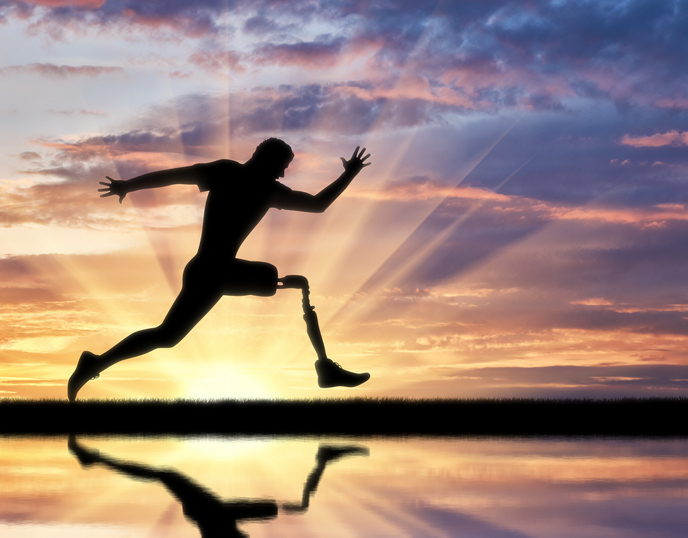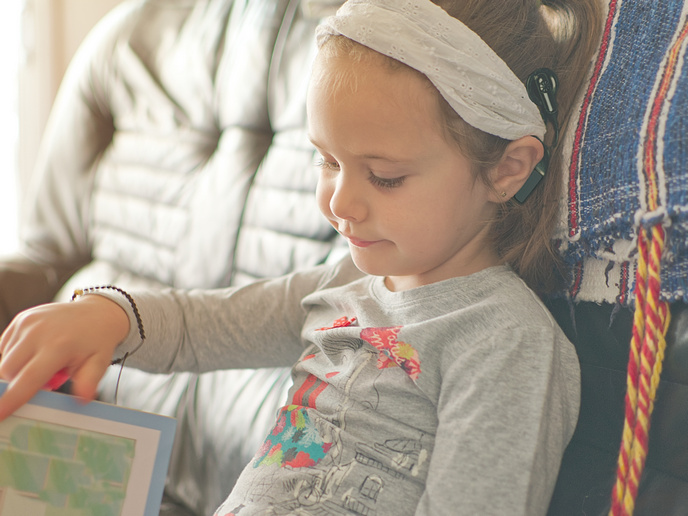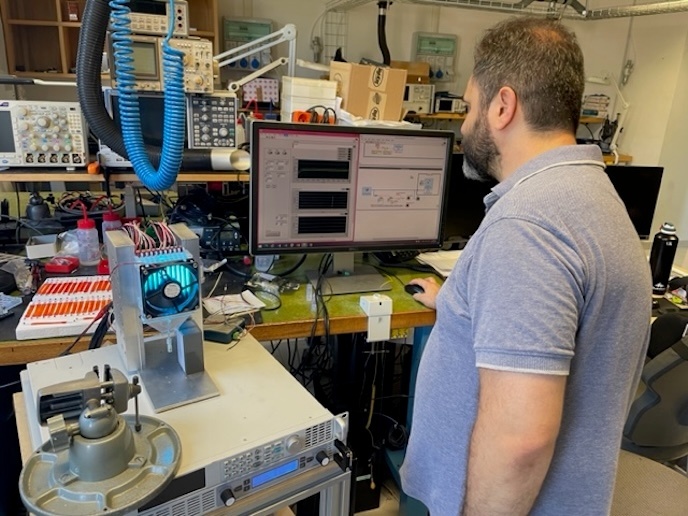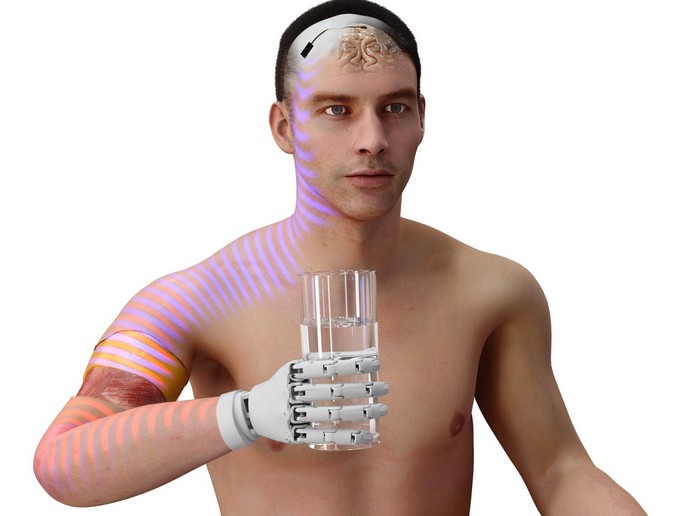Advanced prosthetic limbs could soon transform the lives of millions of amputees
More than 2 million people throughout Europe are affected by loss of limbs. Advances in prosthetics, brought about with the help of EU funding, are growing steadily closer to dramatically improving the lives of those who have suffered lost limbs. The INPUT project is at the forefront of these developments. INPUT built upon two previous EU-funded research projects, AMYO and MYOSENS, which worked on transforming biological signals in the body into movement in artificial limbs. Significantly, researchers managed to achieve simultaneous and proportional control of two degrees of freedom. INPUT focused less on creating new approaches, and more on improving upon the previous state of the art to bring them closer to marketable use by large numbers of amputees. “The core focus of INPUT was to develop, and extensively test, improved control for upper limb prosthetics, encompassing improved hardware and software, patient training and rehabilitation,” says Sebastian Amsüss, scientific coordinator at Otto Bock Healthcare(opens in new window) and INPUT project coordinator.
How it works
The prosthetic limb works by interpreting muscle signals from the residual limb of the amputee. “Movement is initiated by the brain in the form of firing of particular neurons. These electrical impulses travel down the spinal cord, go into the peripheral nerves and end up in the muscles,” explains Amsüss. Motor neurons firing in the brain initiate a physical movement in the muscles, which contract to convey electrical information that is picked up in the sensors of the prosthetic limb. “The electrical stimulus at the muscle is very much the same, although amplified and multiplied, as the one originating from the brain, a simple ‘wire through-connection’ if you will,” Amsüss adds. In the case of an upper limb amputee, this is possible because many of the muscles that move our wrist, palm and fingers actually reside in our forearms. Clench your right fist or wiggle your fingers while grasping your right forearm just below the elbow with your left hand and you will notice. “Thus, after the amputation of a hand, many of the muscles that used to control that hand are still there, meaning the amputee can still initiate, for example, the movement of his or her wrist. It feels very much the same as before the amputation happened, by issuing the same commands coming from the brain and ending up in the muscles as he did before the amputation. This is known as phantom limb movement,” Amsüss explains.
Challenges along the road to success
The time frame of the project was not sufficient to get reliable and robust solutions for all the goals the project wanted to achieve. For example, in hardware development the team aimed at devising a completely new integrated electrode approach, which proved to be more complicated than anticipated. Nevertheless, the team managed to generate a vast amount of knowledge and experience, which will be vital in future developments. “We have generated over 10 iterations of the electrode liner materials, material combinations and manufacturing techniques, tested a large number of machine learning algorithms and generated three new PC-based rehabilitation games for patient training. All of these delivered valuable technical insights, even though their combination into a single system has not yet been successful,” Amsüss concludes.







